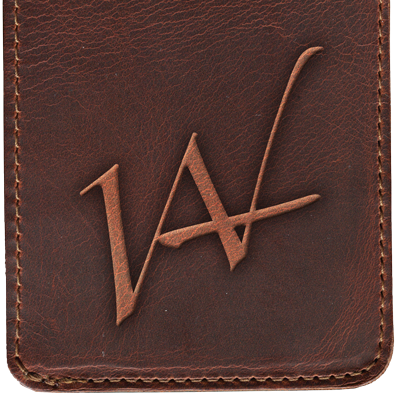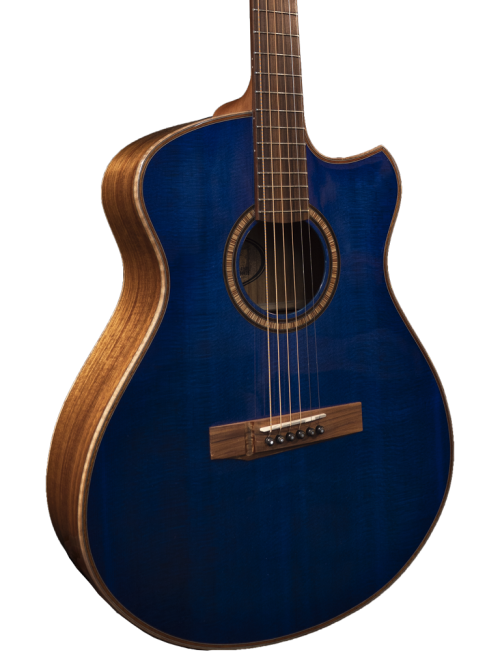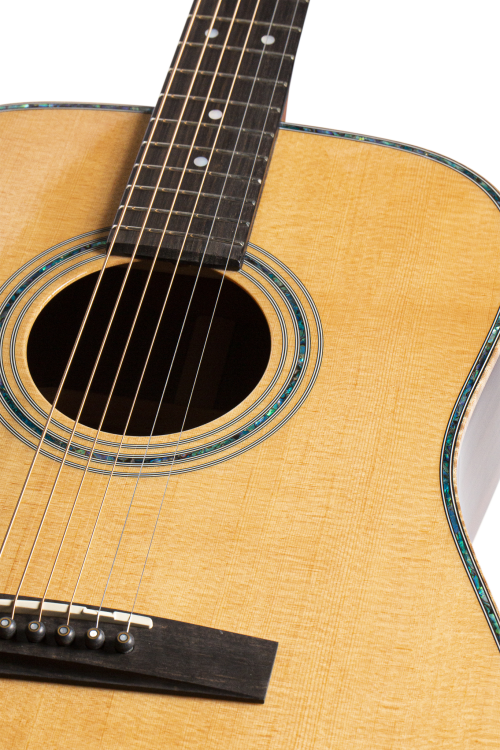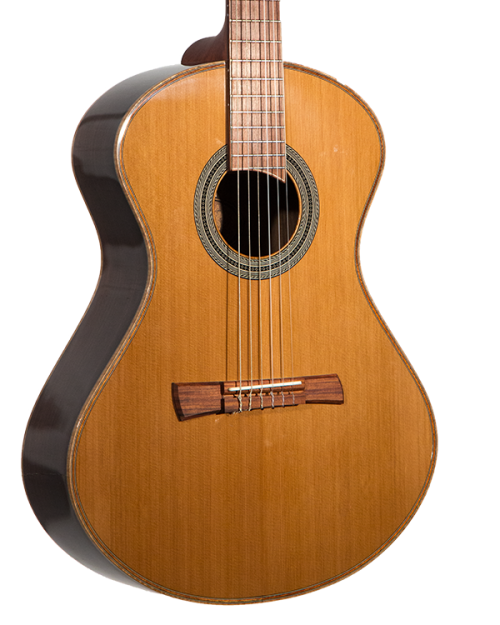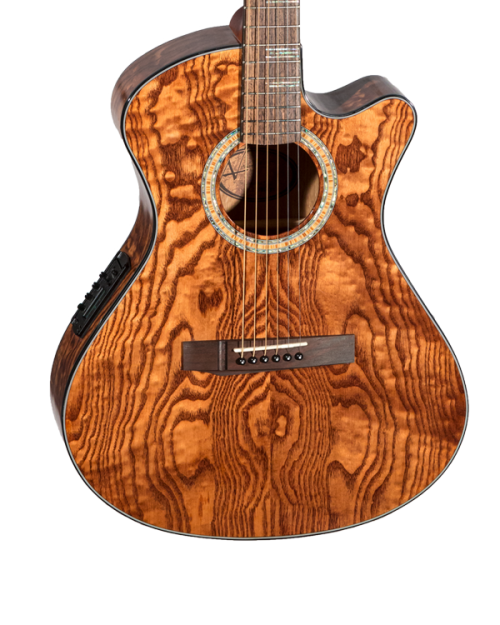Fingerstyle Jargon – What Are You Talking About?!
By: Andrew Aycoth
If you haven’t tried fingerstyle yet, you should! It can be intimidating at first, but it pays off in dividends over time. Not only does it help create more nuanced textures in your playing, but it also adds one more toolset to your guitar arsenal for creating. As with most new techniques, though, it can be helpful to have a rundown of the jargon used to describe what’s happening. While it may seem counterintuitive at first, the idea is to actually make communication easier!
First, fingerstyle players have a somewhat odd way of designating which right hand fingers to use, called “pima”. Coming from the classical tradition, this uses abbreviations from the Spanish words for the individual fingers. The designations are as follows:
p (pulgar) – Thumb
i (indice) – Index finger
m (medio) – Middle Finger
a (anular) – Ring Finger
You may notice there’s not an abbreviation for the pinky. This is because the pinky is rarely used in fingerstyle guitar (the anatomy just doesn’t work very well!). However, it may come into play with some more advanced pieces or a rasgueado technique, in which case the letters C or E are used for the pinky. As above, these are abbreviations, C being “Chico” or E being “Extremo”.
So why do we use these letters and not just numbers? This is due to the convention that if a number is used in a score, it is designating which left hand fingers to use for fretting. Therefore, it would be very confusing to use a number system for both hands!
Another place that numbers may pop up is when a specific string is being indicated. In this case, the string number will be enclosed in a circle. Remember, for a standard tuning of EADGBE, the string numbers would be 6-5-4-3-2-1, respectively (Low E = 6, high E = 1). A more rare way to write string designations comes from the tradition of the bowed string family (violin, cello, etc.) in which the note of the open string is written with sul before it. For example, if a passage is to be played only on the 3rd string, it would be written as “sul G”, assuming standard tuning. Fun fact, sul is Italian for “on the”, so the literal translation would be “on the G” in this example.
One final notational convention you might run into are Roman Numerals. These are typically placed above the staff and are known as position markings. The idea is that whatever Roman Numeral is indicated, that is where the left hand first finger will be placed. So, if you see a VII above the staff, that’s to indicate that the first finger should be located at the 7th fret. The primary reason for this system is to give the player positions that work best for a given piece, rather than having to try out the possible alternate positions where something might be played. Of course, this would be redundant with tablature, but with sheet music it can make things come together much more quickly!
Below is a simple arpeggiation of G major containing all of these indications (except string numbers), written in two different positions and slightly different fingerings. I’m purposely leaving out the tab to make you work it out! If you’re able to find some classical scores (without tab), you’ll certainly run into these things. However, even with tablature, it can be useful to know what these things mean so as to both understand and communicate musical ideas more clearly. Most importantly, I’ll probably be using designations such as these quite a bit in future posts, so this should serve as a helpful cheat sheet in case you run into anything unfamiliar!

